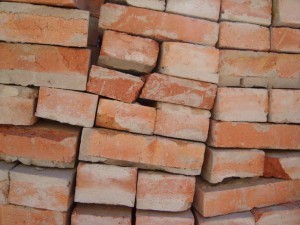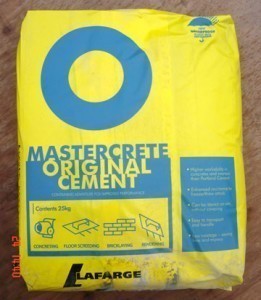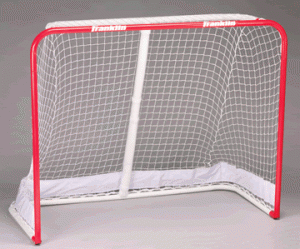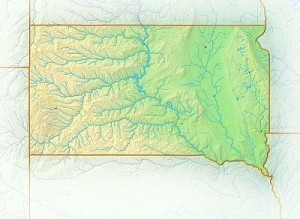Brick Dimensions
One of the highly popular materials for masonry construction,  a brick is known for its numerous impressive qualities. It is highly durable and resistant to great levels of heat. With all these fascinating characteristics, no wonder many people love such all-important material to be part of their houses. Some of its most common uses include lining for furnaces, decorating surfaces as well as building structures. For a better understanding of this highly important construction material, it is good to know the different brick dimensions.
a brick is known for its numerous impressive qualities. It is highly durable and resistant to great levels of heat. With all these fascinating characteristics, no wonder many people love such all-important material to be part of their houses. Some of its most common uses include lining for furnaces, decorating surfaces as well as building structures. For a better understanding of this highly important construction material, it is good to know the different brick dimensions.
Dimensions of a Brick
The dimensions of a brick vary depending on the place of manufacture. For instance, a standard brick in Australia has the measurement 230 millimeters by 110 millimeters by 76 millimeters or 9 inches by 4-1/3 inches by 3 inches. In South Africa, a standard brick usually measures 222 millimeters by 106 millimeters by 73 millimeters or 8-3/4 inches by 4 inches by 3 inches. In the United Kingdom, the size of a modern brick is 215 millimeters by 102.5 millimeters by 65 millimeters or 8½ inches by 4 inches by 2½ inches. In the United States, a standard brick measures 203 millimeters by 102 millimeters by 57 millimeters or 8 inches by 4 inches by 2¼ inches.
Additional Facts and Other Interesting Details
Most of the time, a brick’s length is twice its width, which is approximately around 200 millimeters or 8 inches. When selecting the right kind of brick for the job, it is good to consider a number of important factors such as fire resistance, moisture movement and thermal movement. In addition, it is also good to put into consideration other things like thermal characteristics, pore structure and weight. Furthermore, it is good to check out a brick’s density, surface texture and color before buying.
Some bricks are designed specifically for plastering. These materials are known for their impressive mechanical properties. They offer several advantages including improved insulation, plastering support as well as reduced cost. Aside from the many desirable qualities of bricks, it is good to take a closer look at how people use them. In various parts of the world, these materials are used for constructing pavements and buildings.
Despite the incapability of bricks to withstand heavy traffic, people still love to use them especially because they can serve as decorative surface or to calm traffic. Bricks with satisfactory porosity, high melting point and impressive thermal shock resistance are widely used for lining furnaces. They are very useful to a number of industries, including those that are related to glass and metallurgy. Some of the primary materials used to create bricks are concrete, calcium silicate and clay.





